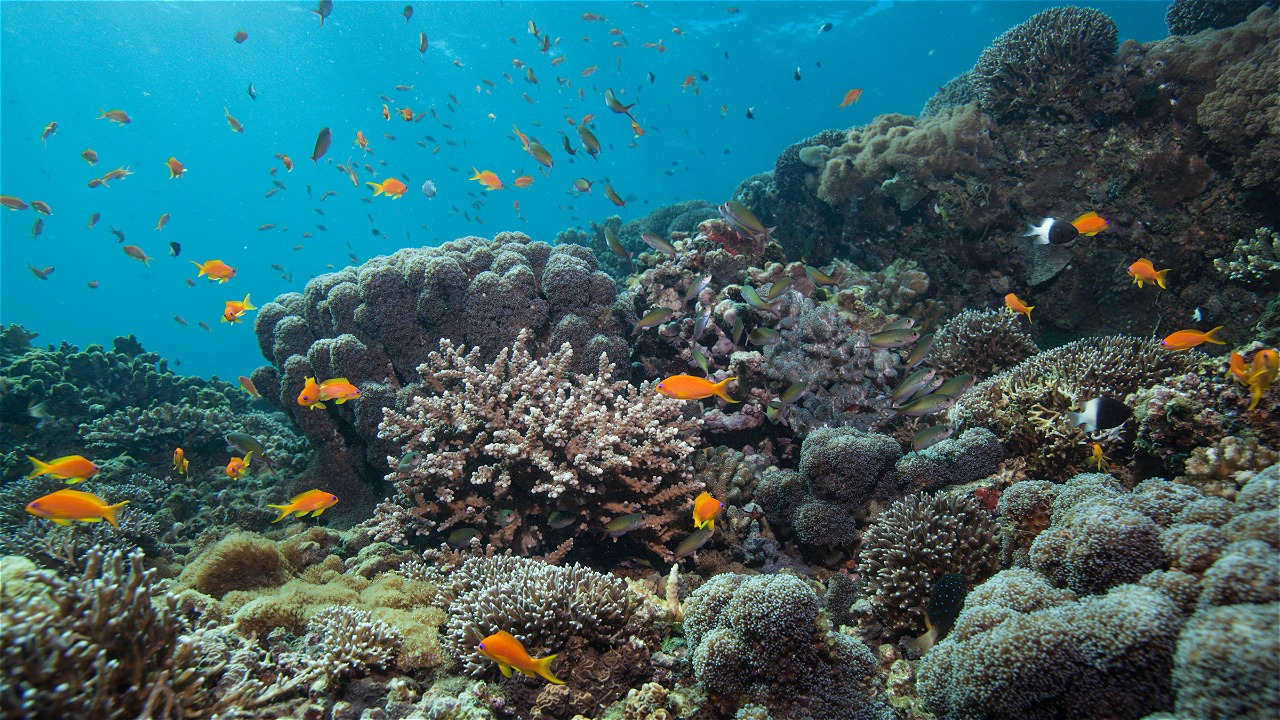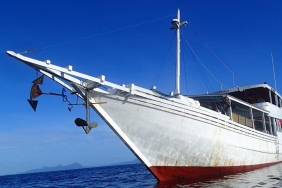UNCOVERING THE POTENTIAL FOR SUSTAINABLE CAPTURE SCALLOP FISHERIES THROUGH AN INITIAL MSC ASSESSMENT IN SIDOARJO DISTRICT
Faridz Rizal Fachri (Capture Fisheries Officer)
Kerang is one of the important fisheries commodities that provide livelihood for the people of Sidoarjo. This biota, which lives in muddy and sandy waters, has been caught since the 1960s by fishermen from the "Sari Laut" association, starting with handpicking and progressing to using dredges. The many river deltas that empty into the sea support nutrient supply and water fertility, making the region rich in shellfish. According to statistics from the Sidoarjo District Fisheries and Marine Office in 2015, clam production reached 2,285.3 tons.
Seeing this potential, WWF-Indonesia together with the Indonesian Women's Coalition of East Java - a member of Jaring Nusantara (JARNUS), as well as a third party auditor for MSC certification in Indonesia, Dr. Mukhlis Kamal, conducted an initial MSC assessment in Banjar Kemuning Village as a pilot location for capture fisheries management that has a fairly good development of the Fisheries Improvement Program (FIP) program. The activity, which aims to develop the capacity of MSC certification local auditors as well as to determine the gaps in the fisheries practices of fishermen caught shellfish, was carried out on December 12-15, 2016. In the MSC initial assessment, which is based on three sustainable principles, namely stock sustainability (P1), minimizing the impact of fisheries on the environment (P2), and effective governance (P3), data and information collection is carried out using in-depth interviews with several parties who play a role in the management of scallop fisheries at the location such as DKP Sidoarjo, fisheries extension workers, village government, fishing community, and academics from Airlanggal University, 17 August University Surabaya and 10 November Institute of Technology.
Based on the results of the MSC preliminary assessment, Unit of Assessment (UoA) of feather clams and garit fishing gear is the concentration of the program to be improved, especially in fulfilling the status of clam stocks (P1) which is still unknown, it is necessary to immediately conduct a Harvest Control Rule (HCR) analysis as a recommendation in the preparation of a Clam Fisheries Management Plan document that contributes to the principle of effective management (P3). In addition, garit has a higher escape gap for small-sized feather clams and is quite selective in fishing so that the impact on habitat destruction is known to be less (P2).
The analysis also revealed that the feather clam species (Anadara ovalis) dominated the scallop fishery catch to the tune of 90%. The productivity of the feather clam fishery is quite high. If the effectiveness of each fishing gear produces an average of 90 kg/day with the number of fishing gear operating is 80 pieces, then the results can reach 2285.3 tons/year. And usually the fishermen use two kinds of dredges to catch mussels, namely the garit model (87.5%) and the rake or rake (12.5%).
"Information and knowledge related to mussel habitat, especially the dynamics of the Brantas River delta and Porong River, as well as the Madura Strait, greatly affect mussel resources, so it is necessary to collaborate with all parties to fulfill this scientific information in supporting effective management in the future," said Dr. Mukhlis Kamal.
All stakeholders involved agreed to carry out the work plan to accelerate the improvement of scallop fisheries that had been compiled together previously. This commitment is contained in a memorandum of understanding between stakeholders and activities will begin in January 2017. WWF-Indonesia together with KPI East Java, will oversee the implementation of the program plan by maximizing effective coordination through communication groups that have been formed in an effort to achieve the MSC standard for the first capture scallop fishery commodity in Indonesia.





